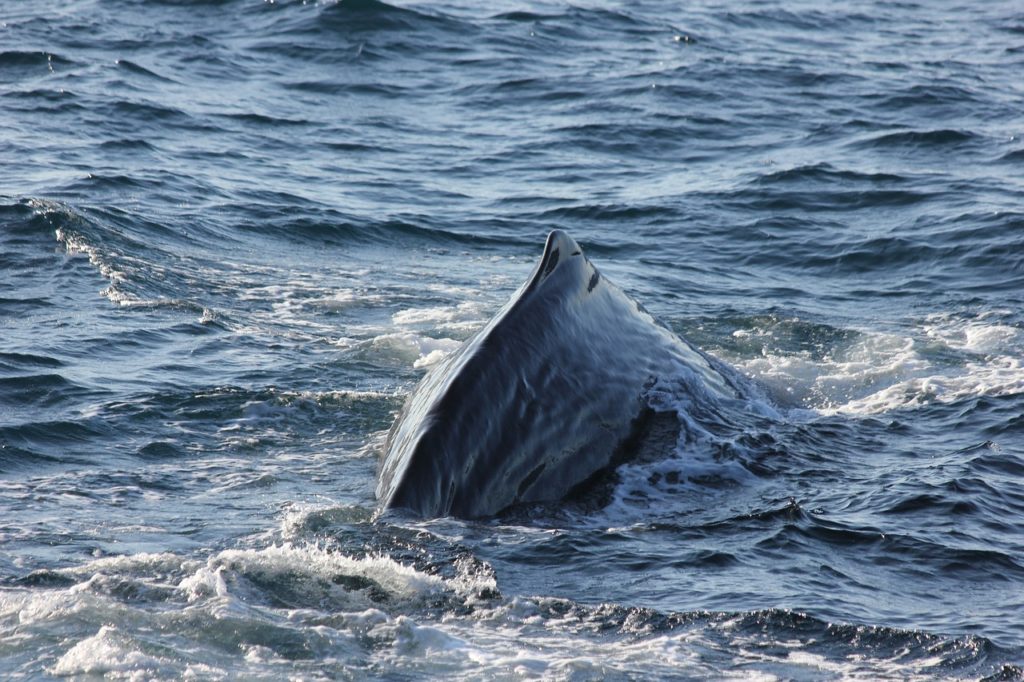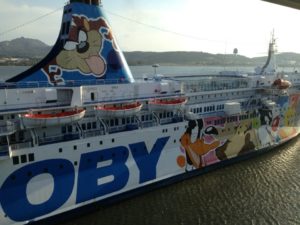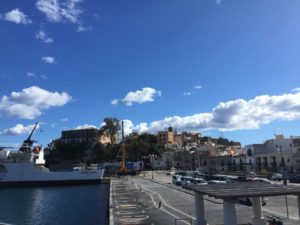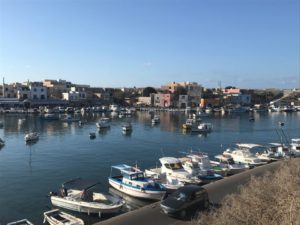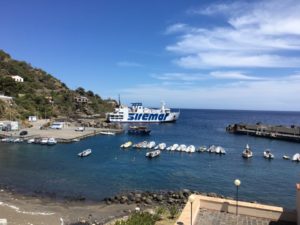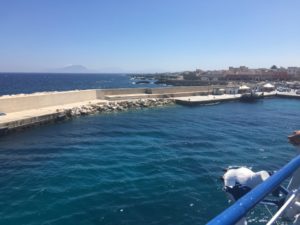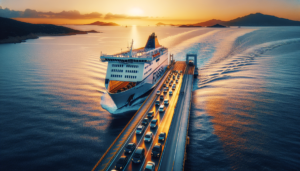Ferries are the fundamental tool of a project that aims to conserve and protect cetaceans and sea turtles in the Mediterranean. CONCEPTU Maris, belonging to the LIFE program of the European Union, in place from 2022 to 2025, uses cutting-edge technologies and conservation strategies using the fleets of the shipping companies Grimaldi Lines, Minoan Lines, Corsica & Sardinia Ferries, Tirrenia, Balearia and Grandi Navi Veloci.
Among the objectives of the project are the collection of data on the large cetaceans of the Mare Nostrum, the evaluation of the impact of risk factors, identifying the most important ecological corridors for the conservation of the most threatened species, and the development of new tools for mitigation of risk factors by promoting international cooperation.
The ferries of the aforementioned companies are used as real research ships, on which traditional studies and investigations are accompanied by new technologies, such as those for detecting traces of the animal DNA and hull sensors on the ferries to analyze the environment and distribution of whales, dolphins and turtles.
Further activities concern the provision of training courses for on-board personnel aimed at reducing the risk of collision with large cetaceans, citizen science campaigns, estimation of the areas with the greatest concentration of floating waste and monitoring of fauna, maritime traffic and marinas litter from on board.
The Life CONCEPTU Maris project
The LIFE20 NAT/IT/001371 CONCEPTU Maris project (CONservation of CEtaceans and Pelagic sea TUrtles in Med: Managing Actions for their Recovery In Sustainability), is supported by the European Union financial instrument for the environment LIFE and it is coordinated by Ispra , the Higher Institute for Environmental Protection and Research; which began in January 2022 and has a duration of four years. LIFE projects concern the areas of the Natura 2000 Network, sites intended for the conservation of biodiversity in the European Union.
The aim is to conserve eight species of whales and dolphins (fin whale, sperm whale, pilot whale, Risso’s dolphin, beaked whale, spinner dolphin, bottlenose dolphin, common dolphin) and three species of turtles (loggerhead, green and leatherback turtles).
Among the risk factors for cetaceans and sea turtles in the Mediterranean Sea we find commercial fishing, which decreases the availability of food for cetaceans and sea turtles as well as threatening their integrity due to ghost fishing nets and fishlines, plastic pollution and fast ship traffic. Precisely this last factor is becoming a resource from a negative element.
Thanks to the Grimaldi Lines, Minoan Lines, Corsica & Sardinia Ferries, Tirrenia, Balearia and Grandi Navi Veloci ferries, knowledge of the habitat of pelagic species and their distribution becomes easier, a starting point for resolving the risk factors: sampling of seawater for the detection of traces of DNA; maps of the characteristics of the environment in which whales and dolphins live are constructed thanks to hull sensors; fauna, marine waste and maritime traffic are monitored and training courses are provided to crew to reduce the risk of collision with the giants of the sea.
The lines affected by the project are the following:
- Cagliari – Palermo.
- Civitavecchia – Barcelona.
- Ancona – Patras.
- Valencia – Ibiza (Botafoch) – Valencia.
- Valencia – Palma de Mallorca – Valencia.
- Toulon – Alcudia (Mallorca).
- Toulon – Bastia.
- Toulon – Ajaccio.
- Naples – Palermo.
- Palermo – Salerno.
- Salerno – Tunis.
- Palermo – Tunis.
- Civitavecchia – Tunis.
- Livorno – Bastia.
- Livorno – Golfo Aranci.
- Savona – Bastia.
- Nice/Savona – Ile Rousse/Bastia.
All citizens can contribute to achieving the project’s objectives by actively participating in the observation and monitoring of cetaceans and sea turtles on board the ferries, together with biologists and researchers (Citizen science).

